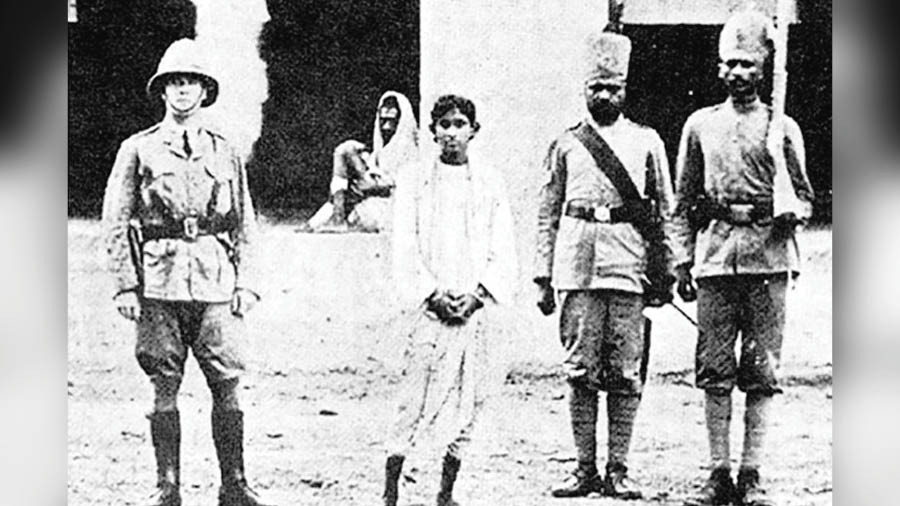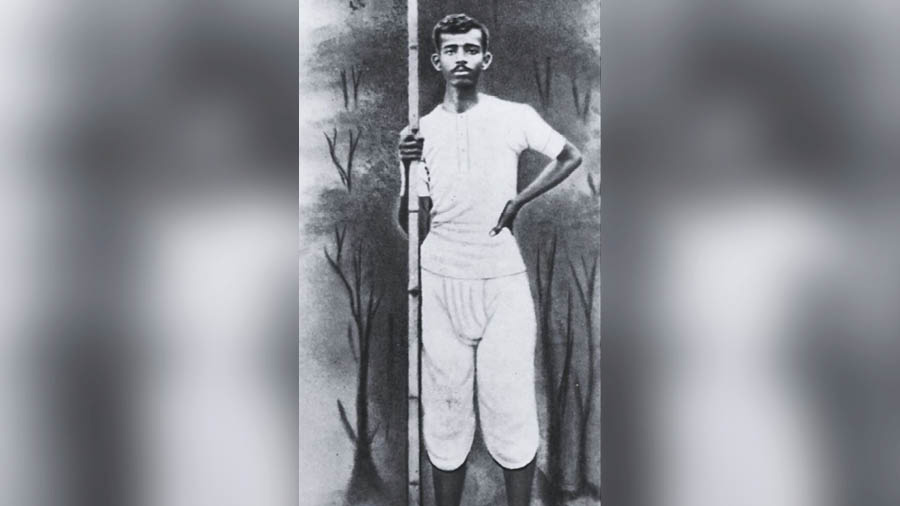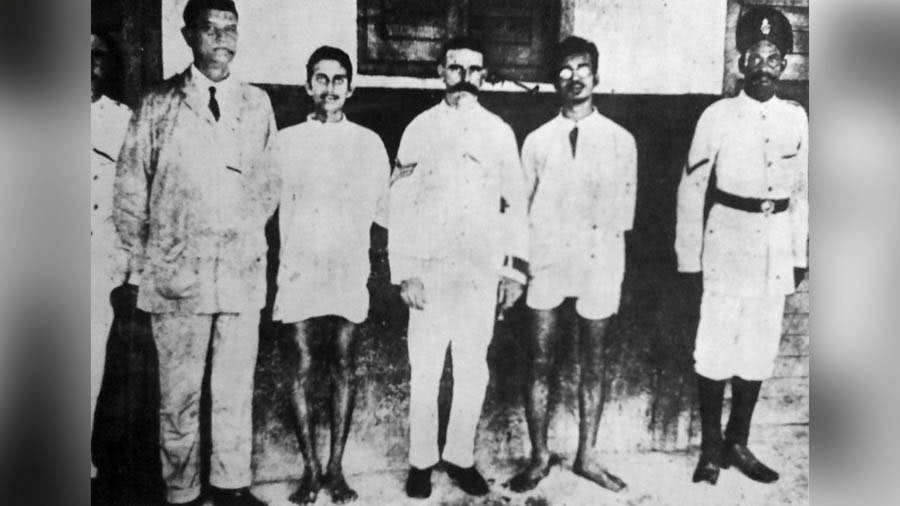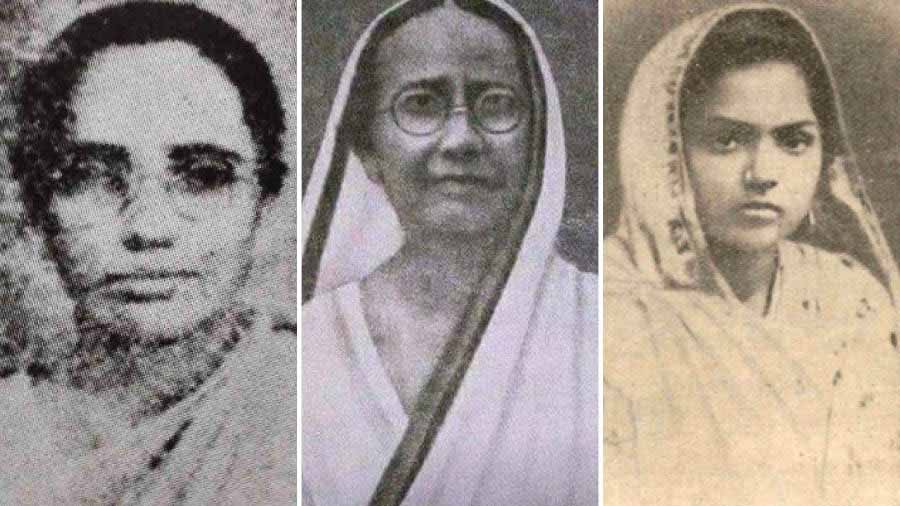On the evening of March 23, 1931, Bhagat Singh, Rajguru and Sukhdev Thapar were brought to the gallows at Lahore jail for their hanging. After the brutal process was completed, their bodies were smuggled quietly out of the jail and hustled out from Lahore to Kasur – about a two hours drive. There, in pitch darkness, two holy men – a Sikh and a Hindu – quickly performed the last rites. Three funeral pyres were readied and the mortal remains of the three revolutionaries were consigned to the flames. Even before the fire had completed its job, the pyres were put out and the charred remains were thrown into the adjacent Sutlej river.
The early hours of January 12, 1934. A near lifeless human form was dragged to the gallows of Chittagong jail. His knuckles cracked, his teeth broken, the nails in his hand and feet plucked out – it was difficult to identify the mangled form as that of Masterda Surya Sen. As the world slept; Surya Sen was hung to death. Afterwards, his corpse was put inside a sealed steel box that was thrown into the wild waters of the Bay of Bengal off the Chittagong coast.

A pre-1934 image of Masterda Surya Sen
The above two cases were not isolated. It was a conscious decision by the British Indian government to not hand over the mortal remains of revolutionaries hung to death to their families. Instead, they met with the ignominious end of being buried in an unmarked grave, thrown into rivers or sea in coffins or burnt surreptitiously. But what triggered this particularly sadistic behaviour by India’s colonial rulers? It was a hanging and a funeral procession that took place right here in Calcutta.
After the botched bombing of Magistrate Kingsford in Muzaffarpur that killed two innocent British ladies, a massive crackdown was launched by the British Indian administration. Over the next few days, several raids were conducted in Calcutta and other parts of Bengal and Bihar which saw 33 revolutionaries arrested and charged with waging war against India. It included almost the entire leadership like Aurobindo Ghosh, Barin Ghosh, Ullaskar Dutta, Indu Bhushan Roy, Charu Chandra Roy, Subodh Chandra Mullick and many more. One among the detained revolutionaries was young Kanailal Dutta.

Khudiram Bose as a captive after the botched bombing of Magistrate Kingsford
In prison, outrageous torture was carried out on the arrested men. One of them, Narendranath Gosain from Serampore, out of fear of the dreaded torture tactics, decided to turn for the state. Very soon, the hopes of the State to prove the charges brought against the arrested men became almost entirely dependent on Gosain’s statements. This is when Barin Ghosh hatched plans to get rid of Naren Gosain. For fear of retribution, Gosain had been moved out of his cell to the jail hospital. Two revolvers were smuggled inside the jail and soon, two of the arrested revolutionaries – Kanailal and Satyendranath Dutta got admitted to the hospital.
Once admitted, Satyendranath established contact with Gosain and sent out a message to the latter asking for a meeting, and hinted that both himself and Kanailal were considering turning too. The unsuspecting Gosain fell for the trap. On August 31, 1908, as he walked up the stairs for the pre-planned meeting place, Kanailal and Satyendranath were ready, revolver in hand. They opened up immediately on sight of Gosain and pumped bullet after bullet into his body.

Kanailal Dutta
Although Gosain had suffered multiple bullet wounds, he was not mortally wounded. Terrified, he fled back down the stairs, with Kanailal in hot pursuit. Eventually Kanailal caught up with him and fired the fatal shot that sent Gosain sprawling to his death. On October 21, 1908, Kanailal and Satyendranath were sentenced to death for murder of Naren Gosain. Kanai was hung to death on the morning of November 10, 1908; Satyendranath’s hanging followed 11 days later. Kanai was 20 years old, Satyendra was 26.
Legend has it that a day before his hanging, a British warden spotted Kanailal with a smile on his lips. The warden sarcastically remarked that in less than 24 hours, his smile would vanish. Next morning, as the warden walked towards Kanailal’s cells, the latter welcomed him with a broad smile and asked “How do you find me now?” Later, this warden confided to Charu Chandra Roy, “I am the sinner who has executed Kanailal. If you have a hundred men like him, your aim will be fulfilled.”

Kanailal as a student
After his hanging, Kanailal’s body was handed over to his family. On November 10, 1908, as a procession walked out with Kanai’s mortal remains, destination Keoratala burning ghat, the crowd grew with every passing moment. Men, women and children, young and old, Hindus and Muslims – all started joining the procession which soon grew to a lakh-plus by contemporary accounts. Shouts of ‘Jai Kanai! Jai Kanai!’ (Hail Kanai!) reverberated through the air as the crowd fought with each other to touch Kanailal’s body. Later, there was another mad frenzy for the ashes of Kanai. It is said that some unscrupulous persons made a fortune by selling off random ashes as that of Kanailal Dutta’s.
The whole frenzy around Kanailal’s funeral was both an embarrassment and a warning bell for the British administration. They soon realised that mortal remains of revolutionaries who had been sentenced to death can turn into a major symbol of protest and ignite passions in people. This resulted in the administration sending out an order that in future, such mortal remains would not be handed over to their families – something that would continue till India achieved her Independence.








